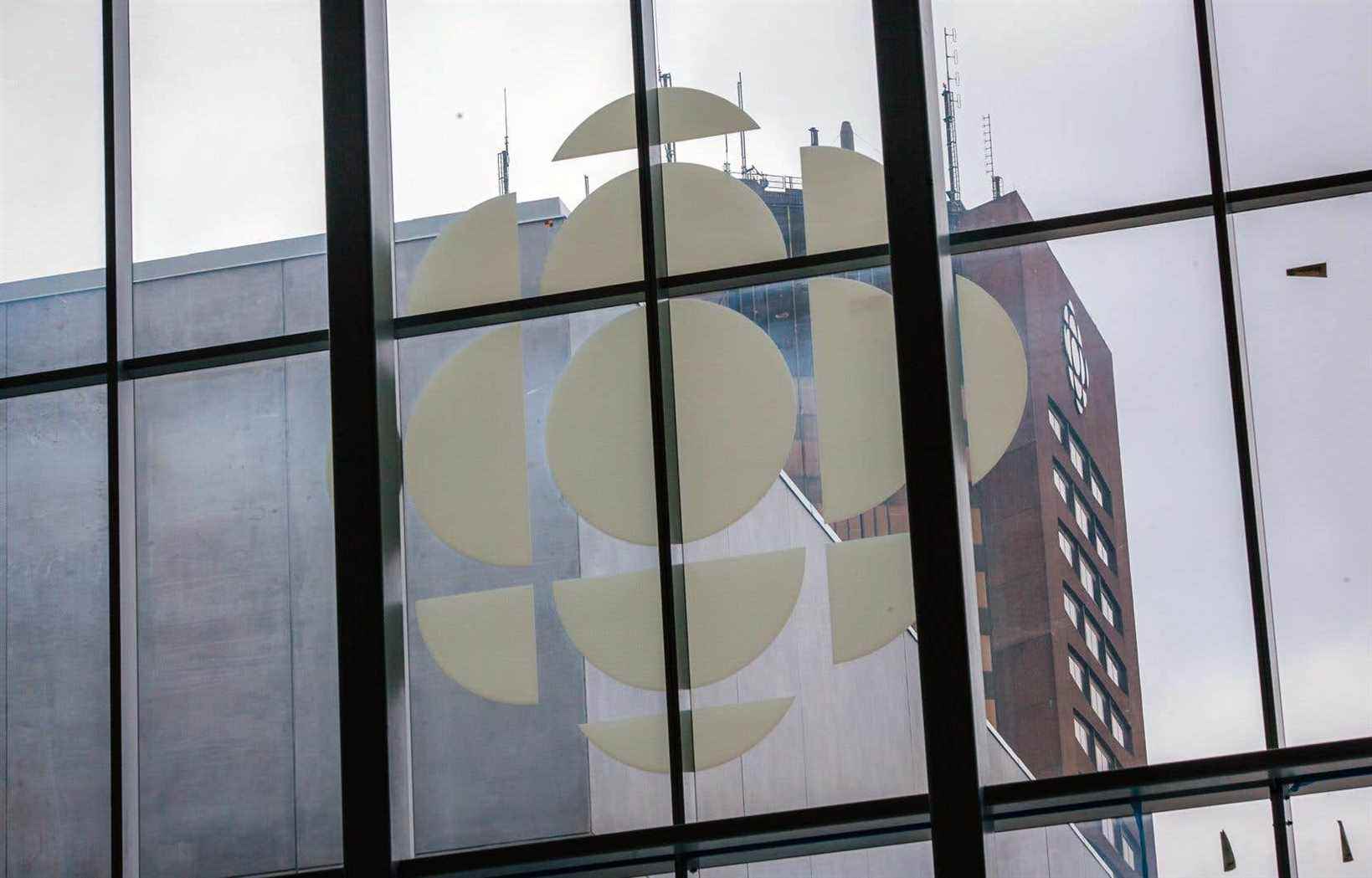The digital giants are on the rise. While we can rejoice in the access they give us to a wealth of content, they do not reflect, or very little, our realities and this Francophone culture that sets us apart. That is why, now more than ever, we need our public broadcaster.
But for us to be able to fully play our role, we still have to faithfully represent the diversity of experiences in the country so that everyone can identify with their public broadcaster. On this we can and must do better. First Nations, Métis and Inuit, as well as people of color, people with disabilities or from LGBTQ2+ communities often have difficulty finding themselves on our platforms. Through a survey of Homeworkwe learned that even women remain underrepresented among the experts and politicians quoted in the media, in proportions of 36% and 27% respectively.
On the news, as in the rest of our programming, we recognize that more needs to be done to close these various representation gaps. The comedian Yanic Truesdale, who plays in the series Guysconfided in 2019 to a journalist from Radio-Canada: “30 years ago, when I left school, it was the roles of Haitian taxi drivers [qu’on m’offrait]. I had to do the accent when I’m not even Haitian! The talented Montrealer then moved abroad and made his mark, among other things, in the American series Gilmore Girls. If the representation of diversity has since improved on our screens, racialized actors remain rare among the headliners of French-language productions. According to a 2018 review, none of the title roles of the ten most popular Quebec series of this year was played by a racialized actor.
As Canada continues to change, it is the responsibility of its national public broadcaster to change with it. Our youth series The side effect, broadcast on ICI TÉLÉ and ICI TOU.TV, is a fine example of this: diversity is reflected both in the main roles, many of which are played by racialized actors, and in the subjects covered. The series was also a finalist at the MIPCOM Diversify TV Excellence Awards. We also recently launched Don’t lie to you and Twhere are you from?two programs on the realities of black people and people from multi-ethnic communities in Quebec, and The Porter, a fiction co-funded by CBC and Radio-Canada that tells the story of the creation of the very first black union by railway workers, which takes place in the Montreal district of Little Burgundy, among other places. In May we will also broadcast For you Floraour first Aboriginal drama, inspired by the testimonies of former residents of residential schools for Aboriginal people.
It is not the foreign giants who will make the effort to unearth and support these creators who are committed to bringing this Canadian diversity to the screen. It is up to us to do so. That’s why we unveiled an equity, diversity and inclusion plan last fall that will serve as our roadmap to 2025 to enable Canadians from all walks of life to s flourish with us. This is in addition to our commitment made in 2019 to increase diversity in key creative roles in the independent productions we commission.
In the same spirit, on March 3, we signed a first memorandum of understanding with the Aboriginal broadcaster APTN, to promote Aboriginal stories across the country.
We will also develop an initial Indigenous strategy by working with First Nations, Inuit and Métis representatives and creators. We will meet them this spring.
It took more than 80 years before a woman was appointed head of the public broadcaster. Today, more and more talents from diverse backgrounds are finding their place at CBC/Radio-Canada. This evolution is essential to ensure our relevance in the future and to safeguard our collective capacity to transmit a common culture, which creators and audiences from all walks of life can appropriate.
Embodying the Canada of today to better bring us together is our strength as a national public broadcaster.
